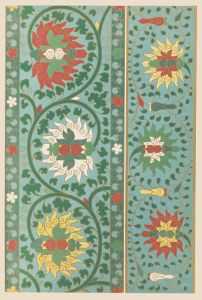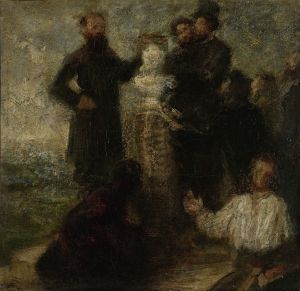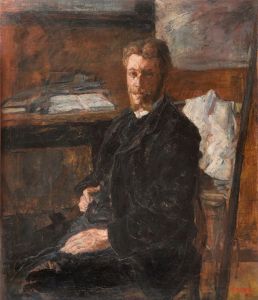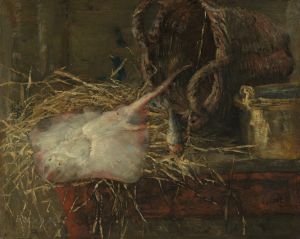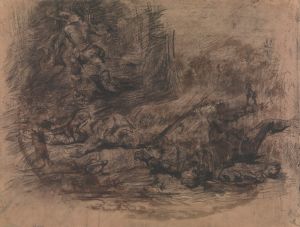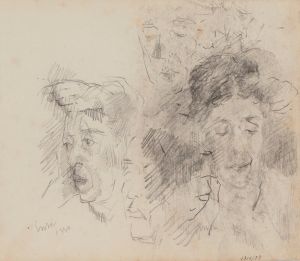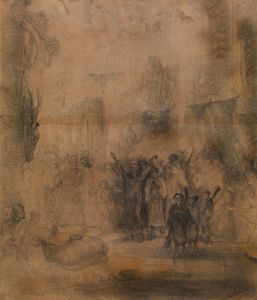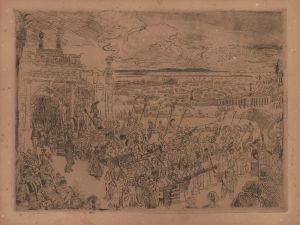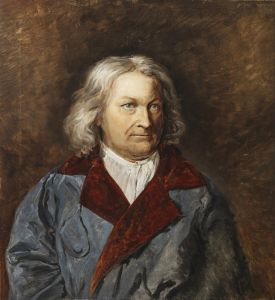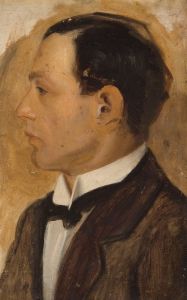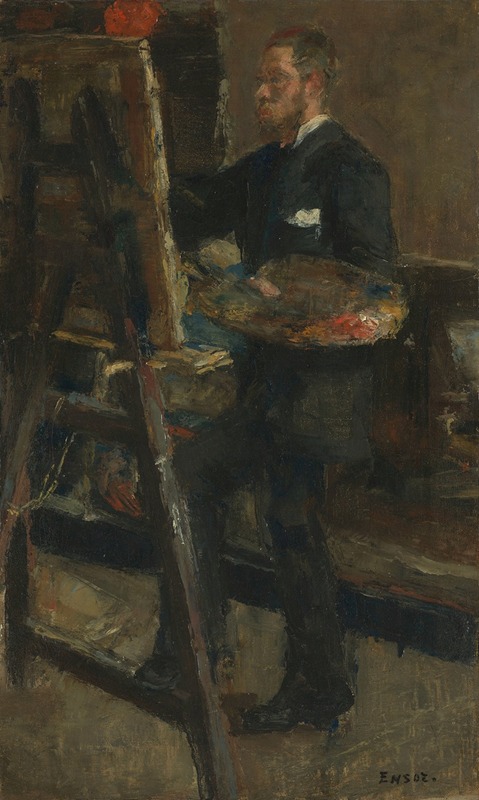
The Painter Alfred William Finch
A hand-painted replica of James Ensor’s masterpiece The Painter Alfred William Finch, meticulously crafted by professional artists to capture the true essence of the original. Each piece is created with museum-quality canvas and rare mineral pigments, carefully painted by experienced artists with delicate brushstrokes and rich, layered colors to perfectly recreate the texture of the original artwork. Unlike machine-printed reproductions, this hand-painted version brings the painting to life, infused with the artist’s emotions and skill in every stroke. Whether for personal collection or home decoration, it instantly elevates the artistic atmosphere of any space.
"The Painter Alfred William Finch" is a notable painting by the Belgian artist James Ensor, created in 1882. Ensor, a prominent figure in the Belgian avant-garde movement, is best known for his innovative and often provocative works that challenged the artistic conventions of his time. This particular painting is a portrait of Alfred William Finch, a fellow artist and a significant figure in the Belgian art scene.
Alfred William Finch was a British-born painter and ceramist who became an influential member of the Belgian avant-garde. He was associated with the group Les XX (Les Vingt), a collective of twenty artists who were instrumental in introducing Impressionism and Post-Impressionism to Belgium. Finch's work was characterized by his interest in color and light, and he played a crucial role in the development of modern art in Belgium.
Ensor's portrait of Finch is a testament to their friendship and mutual respect as artists. The painting is executed in Ensor's early style, which was influenced by the Impressionist movement. It showcases his skill in capturing the essence of his subjects through expressive brushwork and a keen sense of color. In this portrait, Ensor employs a relatively subdued palette, focusing on the subtle interplay of light and shadow to convey Finch's thoughtful demeanor.
The composition of the painting is straightforward, with Finch depicted in a seated position, gazing directly at the viewer. This direct engagement creates an intimate connection between the subject and the observer, a characteristic feature of Ensor's portraiture. The background is kept simple, allowing the focus to remain on Finch's face and expression, which are rendered with meticulous attention to detail.
Ensor's choice to paint Finch reflects the interconnectedness of the artistic community in Belgium during the late 19th century. Both artists were part of a vibrant network of creatives who were pushing the boundaries of traditional art forms and exploring new techniques and ideas. This period was marked by a spirit of experimentation and collaboration, as artists sought to redefine the role of art in society.
"The Painter Alfred William Finch" is an important work within Ensor's oeuvre, as it not only highlights his technical prowess but also provides insight into the relationships and influences that shaped his artistic journey. The painting is housed in the Royal Museum of Fine Arts in Antwerp, where it continues to be appreciated by art enthusiasts and scholars alike.
In summary, James Ensor's portrait of Alfred William Finch is a significant piece that captures the essence of a pivotal moment in art history. It serves as a reminder of the dynamic exchanges between artists during a time of great change and innovation, and it remains a valuable contribution to the legacy of both Ensor and Finch.






